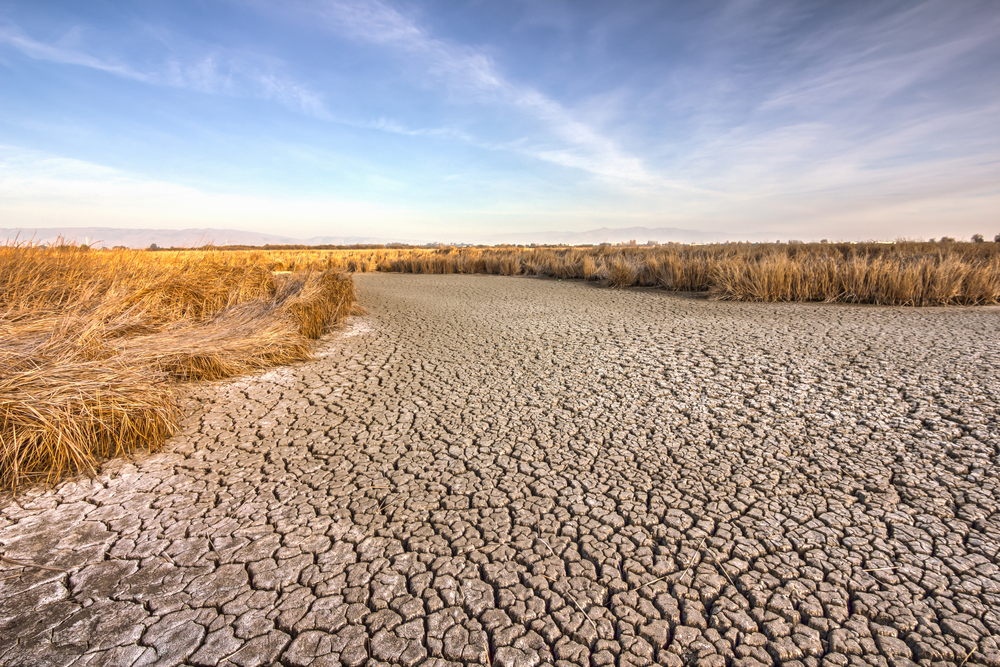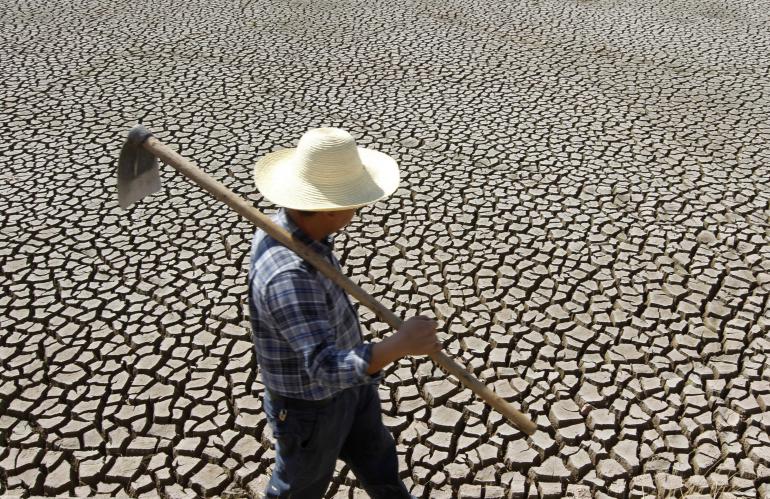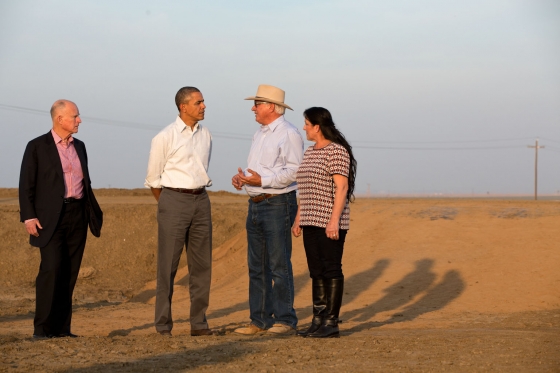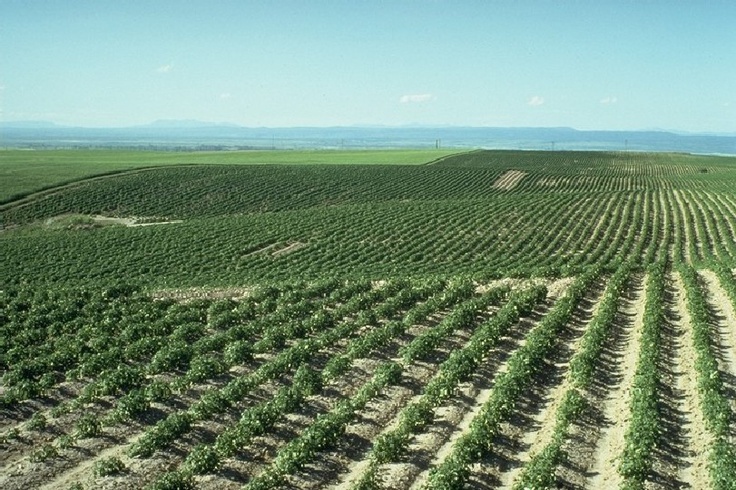Navel Orangeworm Pressure Imminent
Almond Growers Get Ready to Treat for Navel Orangeworm
Almond and Pistachio growers should be ready to fight back on a particular seasonal pest this year.
Joel Siegel is a research Entomologist with USDA ARS in the Fresno County Office in Parlier. He is an expert on troubling pest for Almonds and Pistachios called NavelOrangeworm. He said growers need to be ready.
“Ok the big thing this year is because of the heat. If the almonds, if the non [ prowlers?] are splitting earlier you better be prepared to be spraying earlier,” said Siegel. “Its really based on nut vulnerability in my opinion, so you have to make your plans now. Get your materials secured so that you’re ready to move.” he added.
Growers need to get ready to protect their crops. Siegel discusses how another important crop, Pistachios need to be protected from the Navel Orangeworm.
“With pistachios, its harder to predict vulnerability, but all of this heat means we have the potential for an additional generation at least. So there could be more pressure. And again there is going to be more of a need to scout, and again make your plans in advance, and make sure you have your materials lined up.
Because of the daytime heat, Siegel said we are ahead of last year, which was a bad year for NOW.
“Well what we are in terms of heat units, is depending where anywhere between four to eleven days ahead where we were last year. And again, from talking to people on the nonpareil seem to be, maybe eight to ten days earlier this year,”
Siegel said just like almonds, being prepared is the most essential.
“If everything is vulnerable earlier you have to be prepared to move earlier than you’re used to doing it. With pistachios, there might be that dragged out cluster development, and again if people are going to have to harvest late, there is going to be more pressure on the back end.” said Siegel.
Siegel was speaking at the recent Southern San Joaquin Valley Almond Symposium in Kerman California.

















